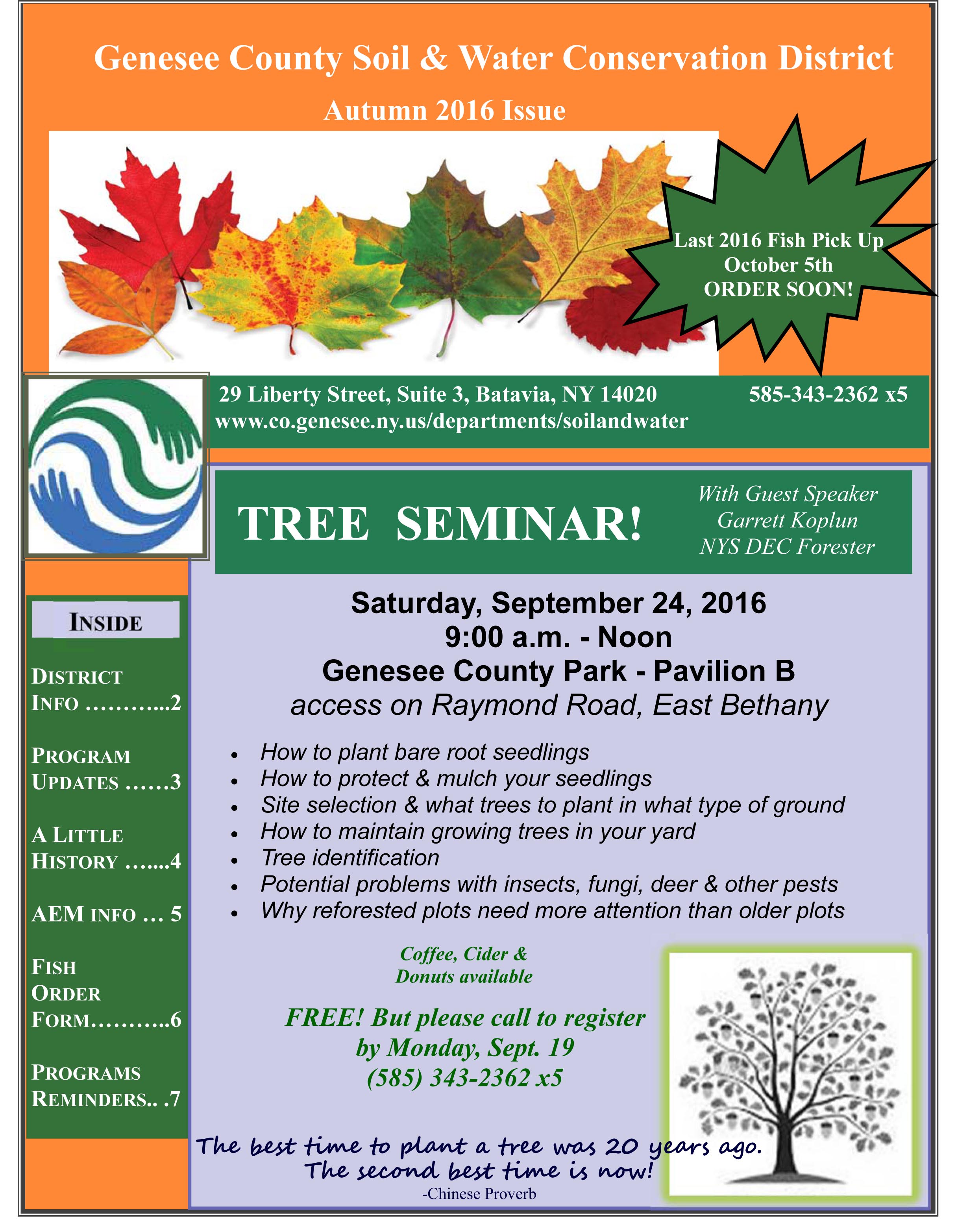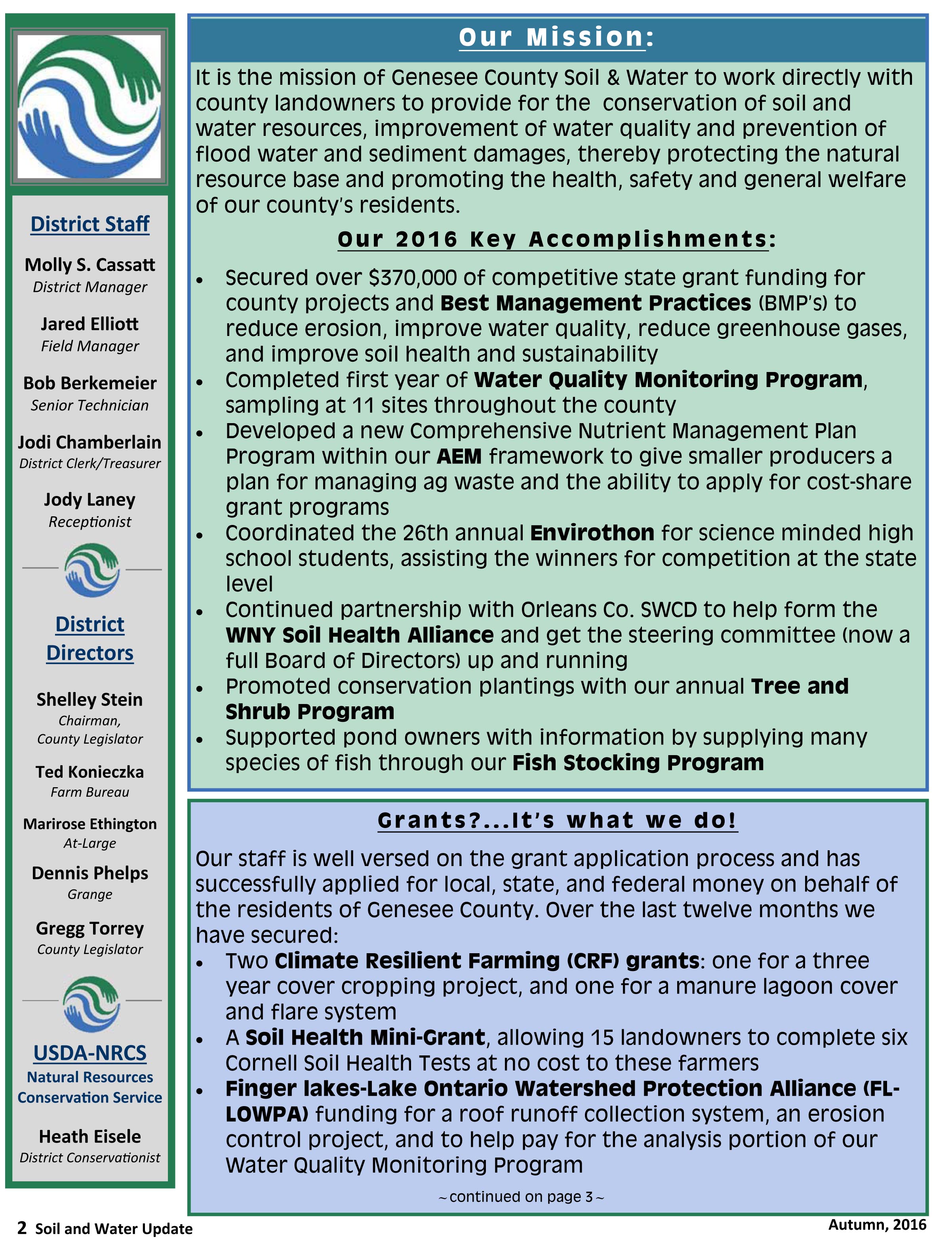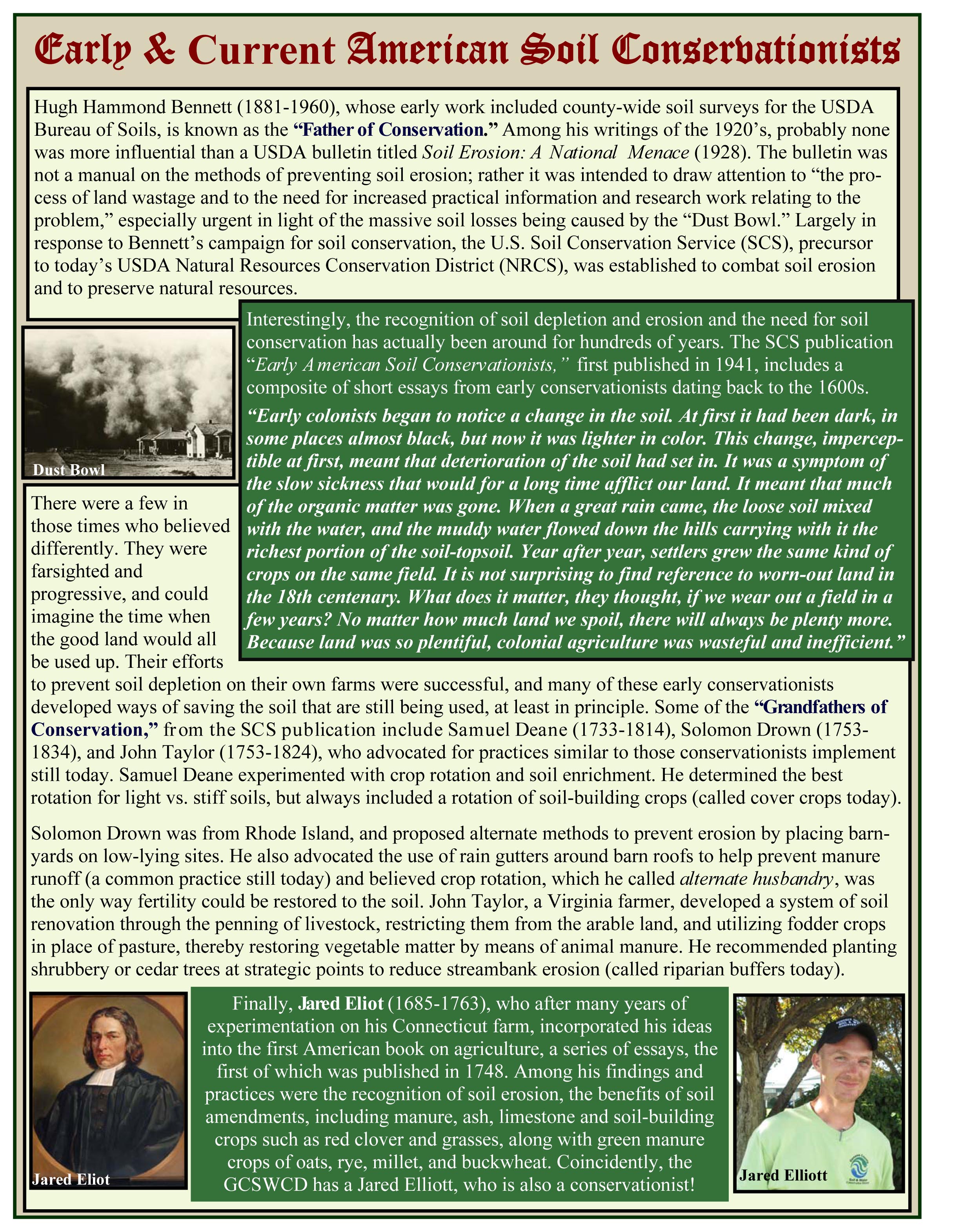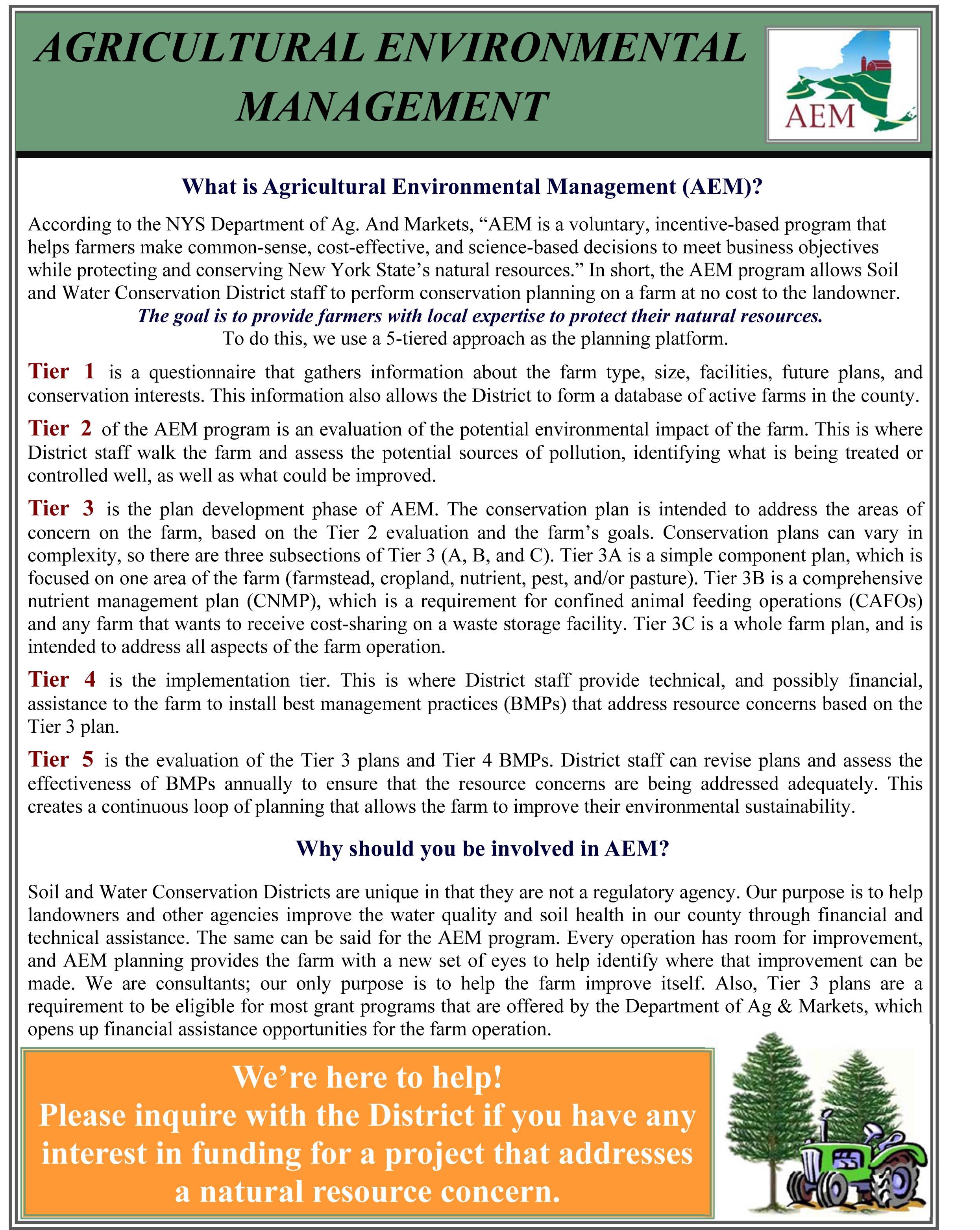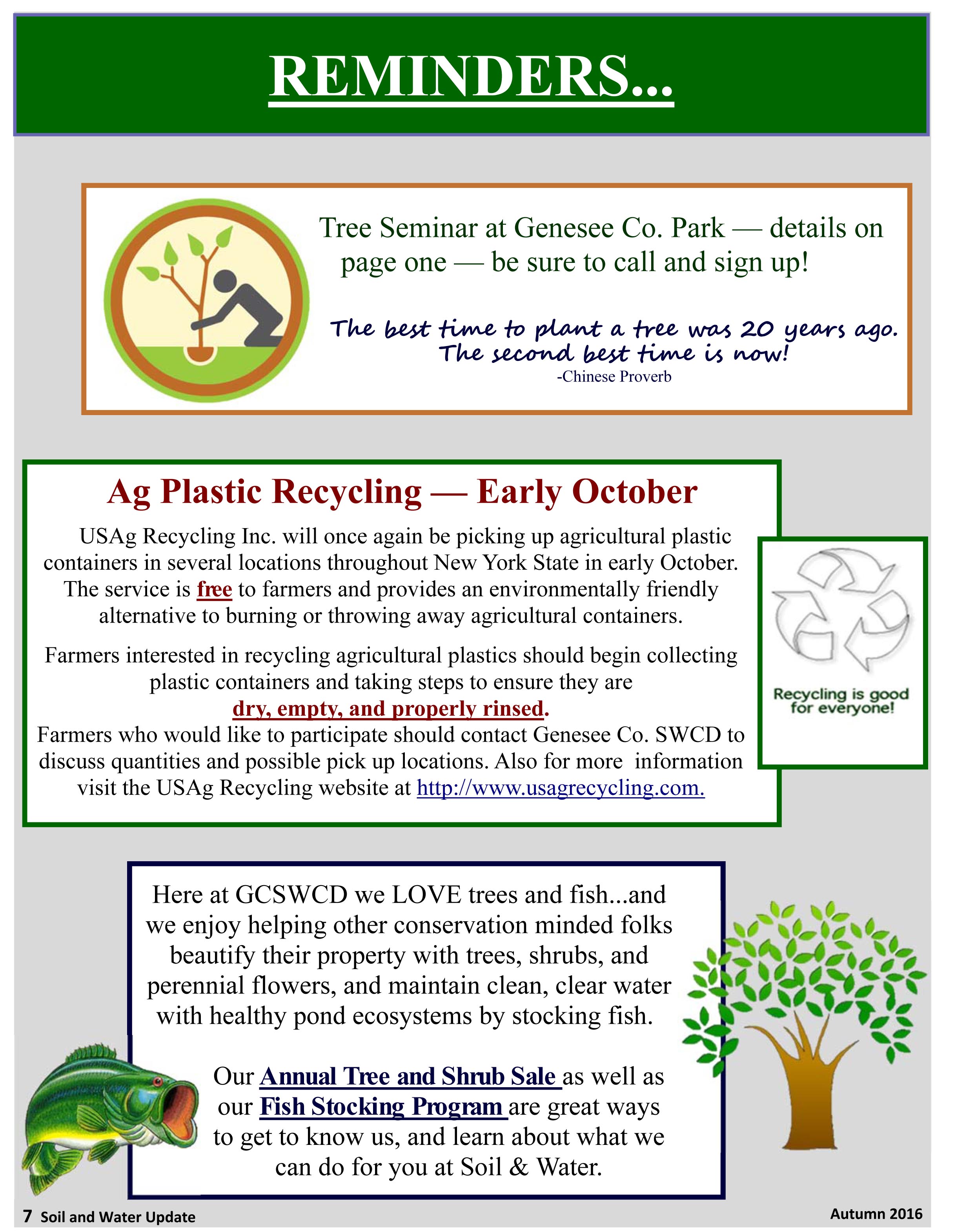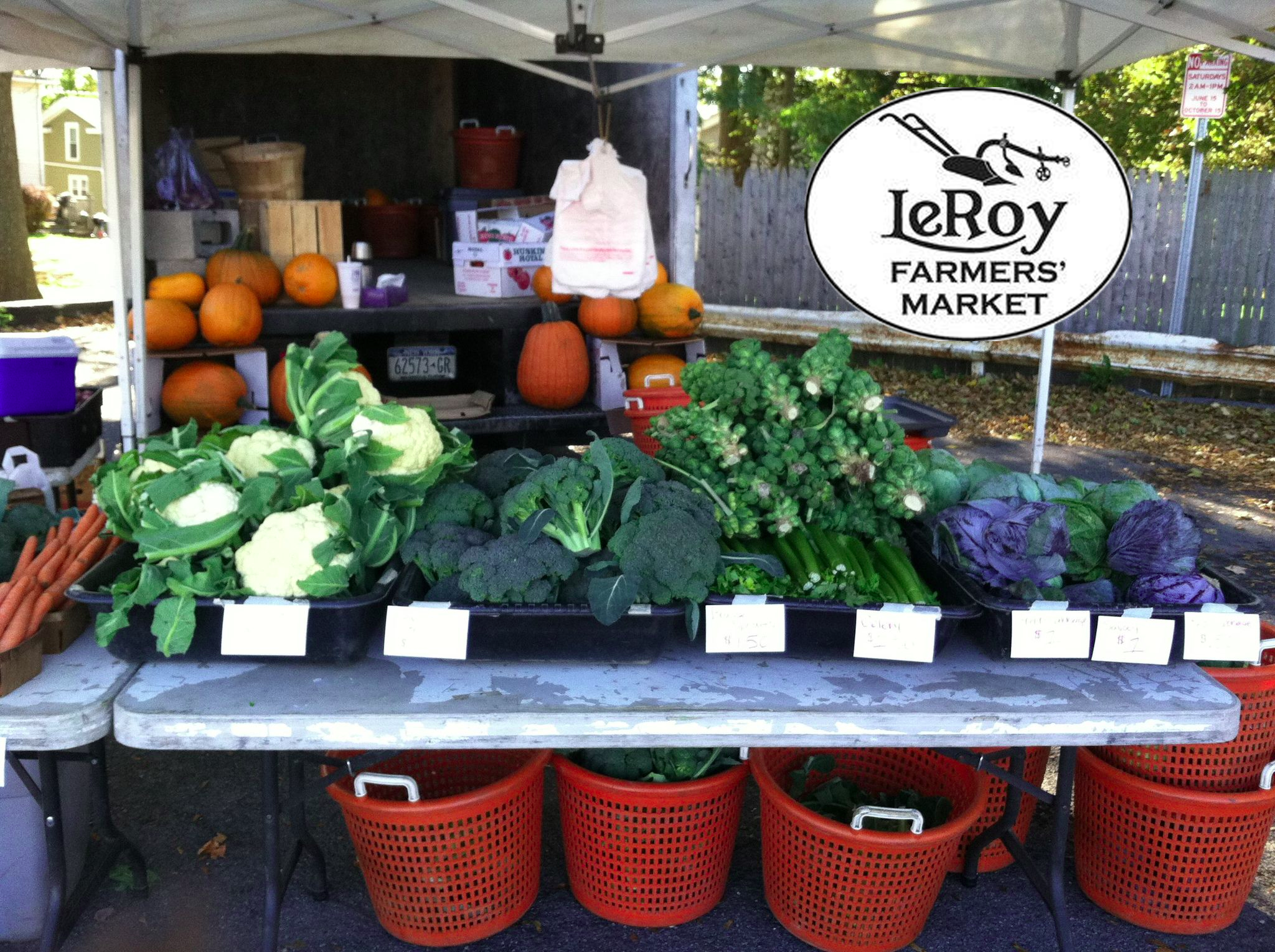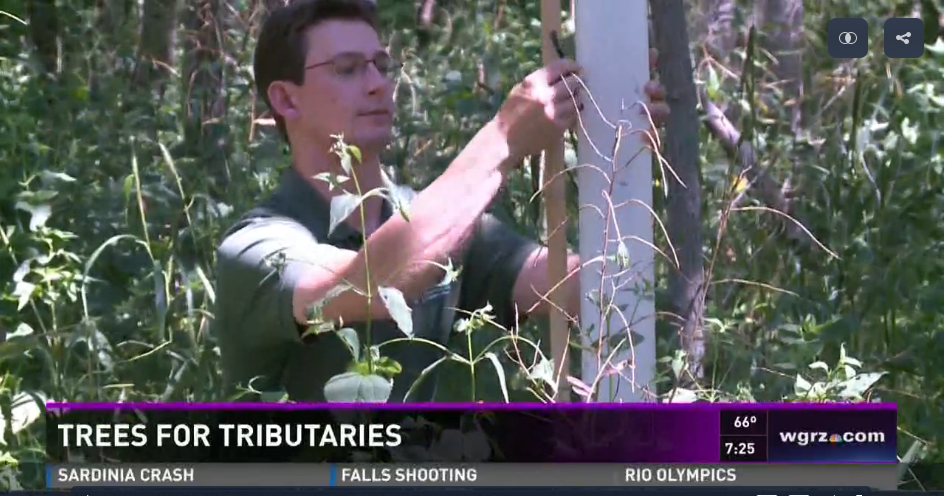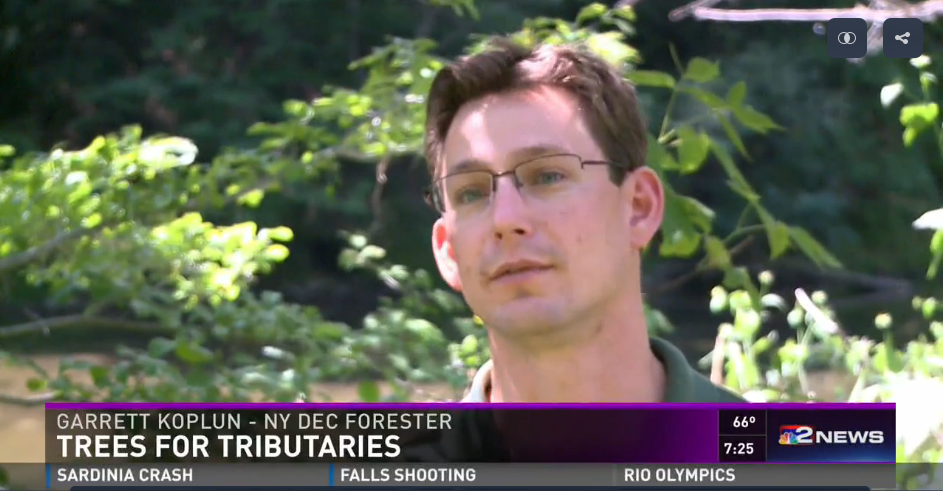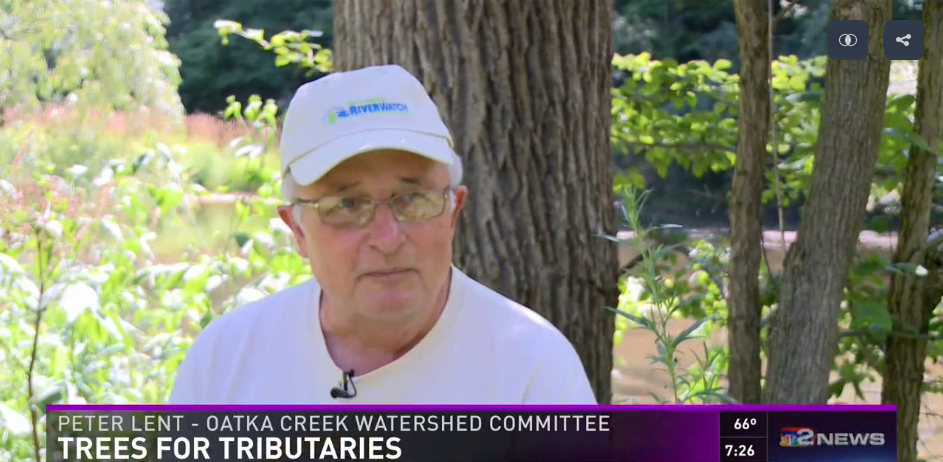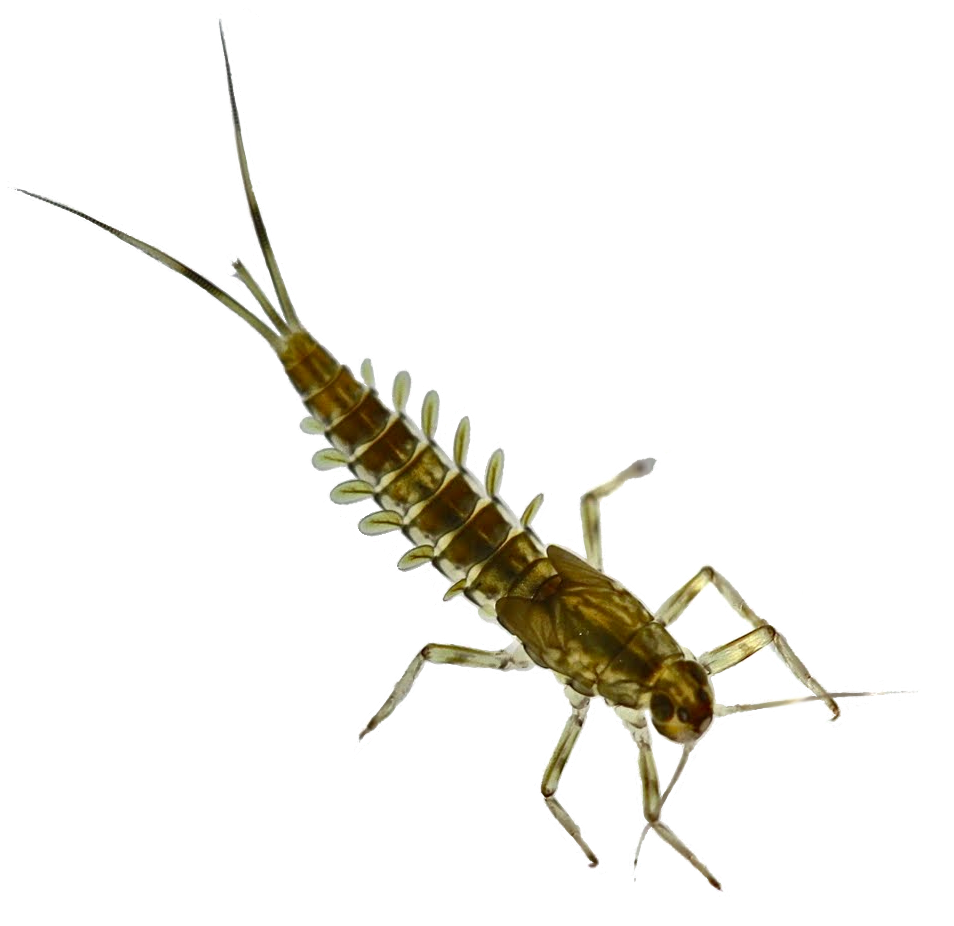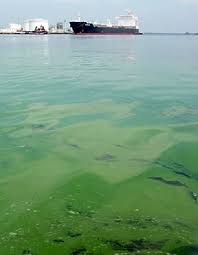 It’s time for the 31st Annual New York State Beach Cleanup September 17, 2016! The OCWC will be sponsoring a cleanup of the banks of the Oatka at the Oatka Creek Park in Scottsville. This effort is part of the International Coastal Cleanup Event. We need volunteers to help with this service activity. If you can help please send a note via e-mail to either Maureen Leupold – maleupold@genesee.edu or Pete – lent@frontiernet.net or you can just show up. We will meet at 9:00, either at the parking lot closest to the main park entrance off Union Street (across from Quaker Street) in Town of Wheatland Monroe County, or at the parking lot at the lodge building in the Park.
It’s time for the 31st Annual New York State Beach Cleanup September 17, 2016! The OCWC will be sponsoring a cleanup of the banks of the Oatka at the Oatka Creek Park in Scottsville. This effort is part of the International Coastal Cleanup Event. We need volunteers to help with this service activity. If you can help please send a note via e-mail to either Maureen Leupold – maleupold@genesee.edu or Pete – lent@frontiernet.net or you can just show up. We will meet at 9:00, either at the parking lot closest to the main park entrance off Union Street (across from Quaker Street) in Town of Wheatland Monroe County, or at the parking lot at the lodge building in the Park.
Volunteers Needed for Fall Stream Bank Clean-Up
Autumn News from our friends at Genesee SWCD!
Make a note of the Upcoming Tree Seminar with Gary on September 24!
Download fish form here: autumn_2016-fishorderform.
No Comments
Tree Sites Looking Good!
Our Trees for Tribs planting volunteers might like to know how all those trees & shrubs they planted this spring are doing. Well it’s good news!
From the desk of Chairman, Peter Lent:
On Monday (8/22) I accompanied Meg Boberg (Genesee River Basin T4T Coordinator) and Sarah Walsh (NYSDEC’s State Coordinator for T4T) on a tour of the Oatka Park and Balonek Farm planting areas we did earlier this year. Sarah was very impressed with the amount of volunteer effort that was involved. She also commented on the uniqueness of the Oatka Park site. What was most surprising (particularly for the Balonek farm), was the low tree mortality observed. Given the lack of rainfall we have had, I expected we would find quite a few trees that did not make it. But almost every tube had live plants growing in them.
That’s all for now,
Pete
Good work y’all!
No CommentsSuspicious Pink Bloom on the Oatka
OCWC members are putting on their investigating shoes after a couple of sightings of some pink blooms in the Creek in Scottsville and Garbutt. And we are not talking about pretty flowers!
On August 5th, In Oatka Creek Park, Pete was accompanying U.S. Fish & Wildlife personnel & Seth Green Trout Unlimited Members on a preliminary walk through for habitat evaluation (as part of the “Oatka Creek Fish Habitat Assessment and Monitoring Project” – see this post). As he stopped to empty his boots (!) he noticed some bright pink/purple substance on a rock in the water.
Shortly thereafter, he received an email with pictures of a similar sighting in Garbutt from a vigilant and concerned Rochester resident describing what she thought might be a sulfur bacteria bloom. It is a possibility, as flow is low, and temperatures high, and Pete had noticed conditions of a low oxygen environment.
After discussion at last Monday’s meeting about the nature of the substance, Vice-Chair (and Biologist) Maureen has a suspicion that it is most likely a blue-green Microcystis bloom and will be looking into it!
In the mean time, our Wheatland correspondent did what everyone should do if you see suspicious blooms on local water ways; contact NYS DEC. Find out what to do here!
DEC told her they also suspect the blue-green algae. The creek has risen due to the recent rain, and getting a sample might not be possible. But we’ll let you know what we find out!
 Update: Unfortunately, because of the recent rain, nobody was able to get a sample of the growth (or fortunately, as that rain was sorely needed). We will assume that both Maureen & DEC were correct with it being blue-green algae!
Update: Unfortunately, because of the recent rain, nobody was able to get a sample of the growth (or fortunately, as that rain was sorely needed). We will assume that both Maureen & DEC were correct with it being blue-green algae!
Come Visit Us at the LeRoy Farmer’s Market
The OCWC is going to be back at the LeRoy Farmers’ Market this Saturday, August 20 from 9:00AM to 12:30PM. Come pay us a visit while you shop for fresh local produce and locally made goods!
No CommentsTrees for Tribs on TV!
From the desk of Chairman Peter Lent:
On August 3, after very short notice, I had the opportunity to join Gary Koplun, a forester in DEC’s Region 8, and Terry Belke, a photojournalist from Channel 2 WGRZ in Buffalo, for a tour of the Trees for Tribs project location at Oatka Park. During the nearly three hour tour, Terry took a lot of video of the trees and Oatka Creek and interviewed both Gary and I. The resulting 3 minute video appeared on Channel 2’s “2 the Outdoors” news segment on August7, here is a link http://www.wgrz.com/sports/outdoors/trees-for-tributaries/289672482 to the video.
Hope your summer has been filled with a lot of fun activities.
Thanks for all your help.
Pete
No Comments
Heightened Drought Warning
Update on water situation from NYSDEC – this directly affects all counties in the Oatka Watershed: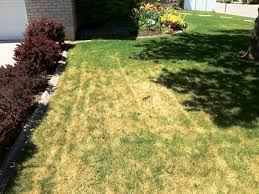
Governor Cuomo Directs DEC to Issue Heightened Drought Warning for Western New York
The New York State Department of Environmental Conservation sent this bulletin on 08/03/2016 04:55 PM EDT
Governor Cuomo Directs DEC to Issue Heightened Drought Warning for Western New York |
| Under a framework established under an Executive Order, Governor Andrew M. Cuomo today directed the New York State Department of Environmental Conservation (DEC) to issue a heightened Drought Warning for most of Western New York. In response, DEC Commissioner Basil Seggos issued a Drought Warning for western State Drought Regions VI, VII and VIII. These regions include the following counties in western NYS: Allegany, Cattaraugus, Cayuga, Chautauqua, Chemung, Erie, Genesee, Jefferson, Livingston, Monroe, Niagara, Onondaga, Ontario, Orleans, Oswego, Seneca, Schuyler, Steuben, Tompkins, Wayne, Wyoming and Yates. Commissioner Seggos issued the warning after consulting with experts from the State Drought Management Task Force and Federal technical agencies. The remainder of the State remains under a previously declared Drought Watch.
“Recent rains helped to reduce the severity of drought conditions in the eastern portion of NY. However, much of western NY did not receive large rainfall amounts over the past weekend and continues to experience significant drought conditions with extremely low stream flows and reduced groundwater levels,” Governor Cuomo said. “Residents throughout the state should continue to conserve water whenever possible during the coming months.” A “warning” is the second of four levels of state drought advisories (“watch,” “warning,” “emergency” and “disaster”). There are no statewide mandatory water use restrictions in place under a drought watch or warning but citizens are strongly encouraged to voluntarily conserve water. Local public water suppliers may impose water use restrictions depending upon local needs and conditions. DEC Commissioner Seggos said, “While there are no mandated water use restrictions in place we do encourage the public to do their part to conserve water by taking some fairly simple steps. Minor changes in everyday practices can go a long way in helping to prevent any increased drought levels.” The following are some conservation tips that homeowners can take to reduce their outdoor water usage:
For more water saving tips, visit DEC’s webpage. The drought watch and warnings are triggered by the State Drought Index, which reflects precipitation levels, reservoir/lake levels, and stream flow and groundwater levels in the nine drought regions of the state. Each of these indicators is assigned a weighted value based on its significance to various uses in a region. For more detailed drought information, please visit DEC’s webpage. |
Invasive Species In Your Pool? DEC Asking for Survey Participants
From NYSDEC:
Pool Owners Sought to Participate in Citizen Science Survey to Identify Invasive Beetle
Monitoring Pool Filters for Asian Longhorned Beetles Can Prevent Infestation and Help Protect Trees and Forests
Pool owners are invited to join in the New York State Department of Environmental Conservation (DEC) fifth annual Asian longhorned beetle (ALB) Swimming Pool Survey now through August 30 to help keep watch for these exotic, invasive beetles before they cause serious damage to our forests and street trees. The Citizen Pool Survey takes place this time of year when ALBs are expected to emerge from and become active outside of the trees they are infesting.
ALBs are originally from Asia and have caused the death of hundreds of thousands of trees across the nation, particularly in maple trees in: New York City; Long Island; New Jersey; Chicago, Illinois; Worcester, Massachusetts and Clermont, Ohio. DEC’s Forest Health Program developed a simple and easy survey for people to participate in who have swimming pools and are willing to keep an eye out for these insects.
Pool monitoring offers a simple, economical approach to surveying for ALBs in the state and has the potential to become New York’s most effective method for detecting the invasive beetles. In addition, this monitoring program gives residents the ability to take an active role in protecting the trees in their yards, communities and forests. With citizens involved in looking for this pest, there is a better chance of finding new infestations early, helping DEC and other state and federal agencies focus their efforts to eliminate infestations.
In addition to owning a swimming pool, participants will need:
- A digital camera or phone that takes photos.
- The ability to send a photo via email or text message.
Those that don’t have a pool can still help. DEC expanded its photo collection to include anyone who spots a suspect beetle, whether it is found in their pool or not. Residents are also encouraged to submit photos if they believe they’ve found an emerald ash borer (EAB) (see what it looks like on DEC’s Emerald Ash Borer (EAB) webpage) or another invasive pest damaging trees. Photos can be submitted to the forest health program email address listed below.
Directions for participating in the pool survey are outlined below:
- Through the month of August (when adults are active), check the debris collected in your filter and skimmers at least once a week or when you clean your pool.
- Look for the ALB (See what it looks like on DEC’s Asian Longhorned Beetle (ALB) webpage). Contact the Forest Health Program (see phone number and email address below) for a sheet to help identify insects collected.
- Take a picture of any insect you think might be an ALB.
- Send the photos of the insects that look like ALB to foresthealth@dec.ny.gov.
- Freeze the insect in a plastic container until DEC staff respond (typically that will be about a week). Staff will either instruct the participant to discard the insect or give instructions on mailing it, delivering it, or arranging for pick-up.
For more information on ALB and the Pool Survey, visit the Asian Longhorned Beetle (ALB) webpage on DEC’s website. To sign up for the survey, contact:
NYSDEC Forest Health Program
Attn: Jessica Cancelliere
E-mail: foresthealth@dec.ny.gov
Phone: 518.478.7813
News from DEC: Drought, Biomonitoring & Harmful Algal Blooms
From NYSDEC:
Water Conservation Important this Summer
Did you know that a drought watch is in effect for the entire state? Your water use can have an impact, especially outdoors. Experts estimate that 50 percent of the water we use outdoors goes to waste from evaporation, wind, or runoff due to overwatering.
Timing is important to avoid water waste. Don’t water outdoors during the heat of the day; instead, water in the early morning or late evening. Visit EPA’s WaterSense website and DEC’s Saving Water Makes Good Sense webpage for more tips on saving water.
Biomonitoring Webpage Updated with 2016 Sampling Information
DEC’s Biomonitoring webpage has been updated with information about the Stream Biomonitoring Unit’s 2016 sampling. A new interactive Google Map has been added with detailed information on all 2016 sampling sites.
Harmful Algal Bloom Notices
New information about lakes with harmful algal blooms has been posted today, July 29, on the DEC Harmful Algal Blooms Notifications webpage.
This week, 13 waterbodies in several locations in the state were added to the notification list. There are currently 38 waterbodies with blooms on the notification list.
Avoid and report suspected blooms
Because waterbodies may have harmful algal blooms that have not been reported to DEC, we recommend avoiding contact with floating mats, scum and discolored water.
If you suspect you have seen a harmful algal bloom, or you, your family, or pet has been in contact with a harmful algal bloom, please follow the instructions for reporting a bloom to DEC. If you see it, avoid it and report it!
No CommentsTrees for Tribs Fall Applications Due
Megan will be accepting applications for fall projects until August 1. Here is info about what’s happening with the program from our friends at NYSDEC:
Photo of Oatka Creek Park spring project by Chuck Fujita
DEC Provides Free Native Plants to the Lower Genesee River Watershed to Enhance Habitat, Water Quality and Bank Stability
The Trees for Tribs Program Is Now Recruiting Sites in the Lower Genesee for Fall Plantings; Applications Should be Submitted by August 1
This spring, the State Department of Environmental Conservation’s (DEC) successful Trees for Tribs program expanded its reach to the Lower Genesee River watershed and is currently recruiting sites for fall plantings. The program provides landowners, municipalities, and conservation organizations with free native plants and technical assistance with the goal of planting young trees and shrubs along stream corridors, also known as riparian areas, in order to improve wildlife habitat, water quality and storm resiliency.
Since the watershed’s spring kick-off, over 10,000 trees and shrubs have been planted along waterways in four priority areas within the Lower Genesee including: upper Black Creek above Byron, Oatka Creek, Honeoye Creek, and along the Genesee River between Mount Morris Dam and Scottsville. Program partners are looking forward to continuing this successful program in the fall planting season and are looking for interested landowners within these target watersheds to participate. Landowners can benefit from the plantings by enjoying improved wildlife viewing and recreational fishing opportunities, and in some instances, improved floodwater retention.
“Riparian forest buffers are one of the most cost effective tools for improving water quality, enhancing aquatic and wildlife habitat and strengthening streambank resiliency,” said DEC Commissioner Basil Seggos. “We look forward to further expanding this successful program in the Lower Genesee watershed to achieve these multiple benefits.”
With funding from the NYS Environmental Protection Fund and the National Fish & Wildlife Foundation’s Sustain our Great Lakes program, the Genesee Trees for Tributaries program is a partnership between DEC, Department of Agriculture & Markets and the Wyoming County Soil & Water Conservation District (SWCD), who is leading local coordination of the program. The native trees and shrubs planted were grown at the DEC’s State Tree Nursery in Saratoga Springs, Saratoga County.
Efforts to reforest the Genesee River watershed are important as areas downstream, including Rochester and coastal Lake Ontario, have experienced significant water quality problems related to upstream sediment and nutrient runoff. High rates of streambank erosion and nutrient runoff have impacted bank stability, aquatic health and downstream water quality. Trees for Tribs is one of several efforts underway to restore the function and health of the watershed by increasing the amount of forested riparian corridors that ‘buffer’ the many land-based activities that can impact water quality and fish and wildlife habitat. In addition, native, pollinator attracting species such as red maple and buttonbush are being used to the extent practicable to help offset the decline of bee, butterfly and other pollinator populations in the region.
Wyoming County SWCD is currently recruiting planting sites for the fall season. Sites should be located in one of the following priority areas: Oatka Creek sub-watershed, the Upper Black Creek sub-watershed (upstream of Byron), the Honeoye Creek sub-watershed, and the main stem of the Genesee River from Mt. Morris to Scottsville. Private landowners, municipalities, businesses and community organizations are invited to submit applications to receive free native trees and shrubs, tree tubes, signage and technical assistance.
To learn more, and to submit an application (leaves DEC’s website) visit Wyoming County SWCD’s webpage. Contact Megan Boberg, District Technician, Wyoming County SWCD at (585) 786-3675 ext. 4 for more information.
To read more about Trees for Tribs, visit the DEC website.
The Genesee Trees for Tribs Program is a project of the State Environmental Protection Fund’s Ocean-Great Lakes Ecosystem Conservation Program and supports the goals of the Interim NYS Great Lakes Action Agenda, a plan for applying ecosystem-based management to complex environmental problems in order to conserve, protect and enhance our irreplaceable Great Lakes natural resources.
No Comments
